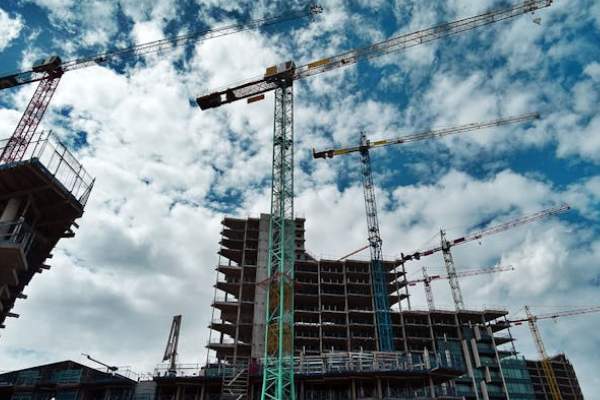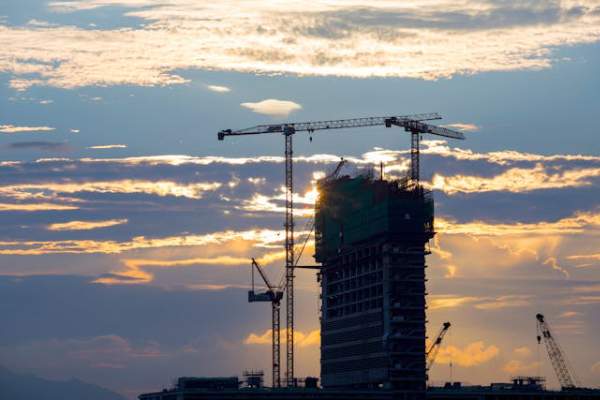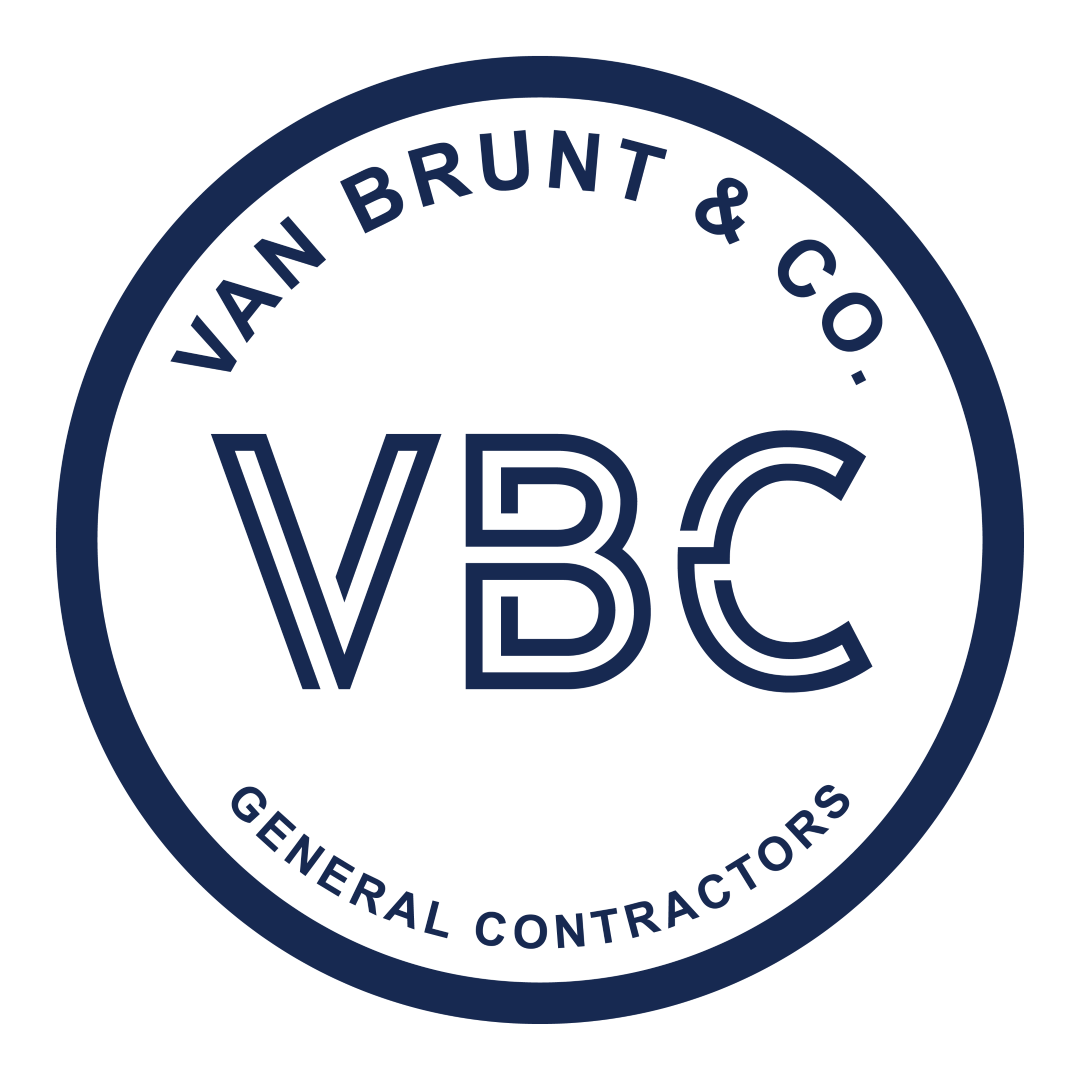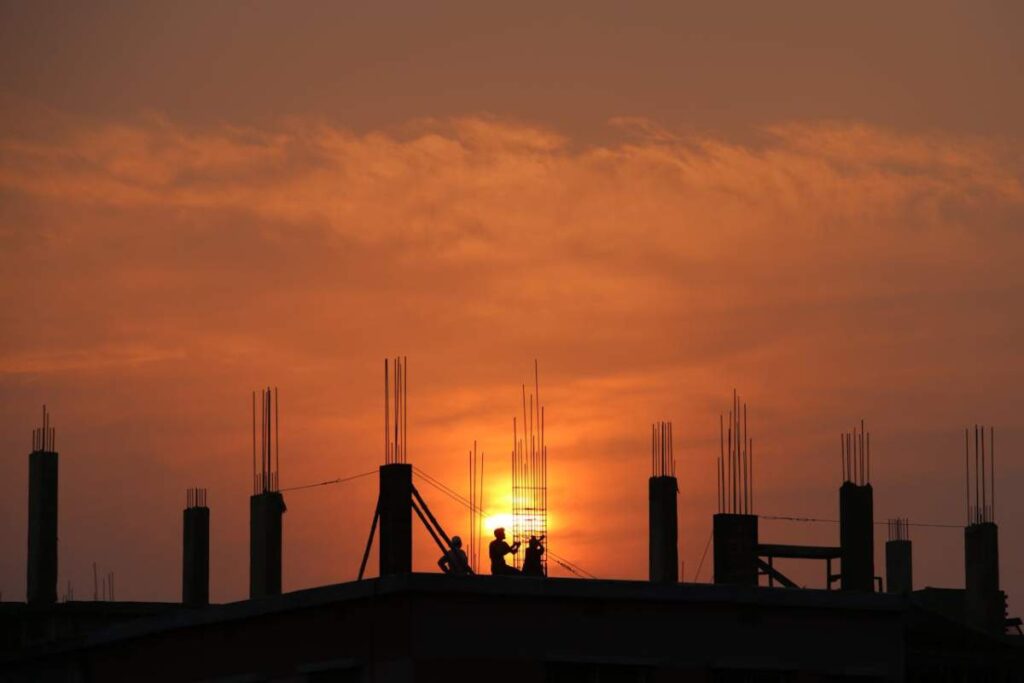Commercial building construction fall into one of several main categories of construction: commercial, industrial, residential, and infrastructure (such as roads and wastewater systems). Among these, commercial and industrial construction are often confused due to their apparent similarities. However, they serve distinct purposes and differ in various ways, from design requirements to the types of facilities they encompass. Understanding these differences is crucial for developers, business owners, and investors looking to embark on new projects.
The key distinctions between commercial and industrial construction lie in their function, location, and regulatory requirements. Commercial projects typically include office buildings, retail stores, and restaurants, designed for public access and customer interaction. Industrial construction, on the other hand, focuses on manufacturing plants, warehouses, and distribution centers, prioritizing operational efficiency over aesthetics. By recognizing these differences, businesses can make informed decisions that align with their operational needs.

Understanding Commercial Building Constructions: How It Differs from Industrial Construction
What is Commercial Building Construction?
Commercial building construction refers to structures designed for commerce, business, or public use. These buildings serve customers, employees, and the general public, making them an essential part of everyday life. Common examples include offices, restaurants, hotels, retail stores, gyms, and hospitals.
How is Industrial Construction Different?
Industrial construction, on the other hand, focuses on structures that support manufacturing, production, and large-scale business operations. These buildings often include factories, power plants, refineries, warehouses, and manufacturing facilities. Unlike commercial buildings, industrial sites are typically not accessible to the public and require specialized construction techniques to accommodate heavy machinery and complex processes.
Key Differences Between Commercial and Industrial Construction
- Purpose: Commercial buildings serve customers and businesses, while industrial buildings support production and manufacturing.
- Design: Commercial spaces prioritize aesthetics and accessibility, whereas industrial structures focus on functionality and durability.
- Access: Commercial properties are open to the public, while industrial facilities are often restricted to employees and specialists.
Both types of construction play a critical role in economic development, shaping the way businesses operate and interact with their customers or production processes. Understanding these differences helps in making informed decisions when planning a new building project.

Key Differences Between Commercial and Industrial Construction
When it comes to construction, commercial and industrial buildings serve distinct purposes. While the primary function of each structure may seem like the most obvious distinction, several critical factors differentiate these two types of construction. Understanding these differences is essential for developers, contractors, and business owners planning a new project. Below are five key factors that set commercial and industrial construction apart.
Design
The design of a building significantly influences how individuals interact with the space. In commercial construction, the layout is crafted to enhance customer experience and optimize foot traffic. Features like large entrances, aesthetic facades, ample parking, and inviting landscapes are common in commercial buildings to attract and retain customers.
In contrast, industrial construction prioritizes efficiency and functionality over aesthetics. Industrial spaces are designed to support machinery, streamline production processes, and ensure safety. These buildings typically feature open layouts, reinforced flooring, and high ceilings to accommodate heavy equipment and manufacturing operations.
The Importance of Location in Commercial Construction
When it comes to Commercial Building Constructions, location is a crucial factor that can determine the success of a business. Unlike industrial buildings, commercial spaces need to be easily accessible to customers and employees. Whether it’s a retail store, restaurant, or office space, visibility and convenience play a key role in attracting foot traffic and boosting business revenue. A poorly located commercial building can struggle to gain customers, leading to financial setbacks.
Industrial Construction: A Different Approach to Location
Industrial buildings, such as factories and manufacturing plants, require a different approach to location planning. These facilities need large areas to accommodate production processes, storage, and logistics. Accessibility for transporting goods and raw materials is a primary concern rather than customer convenience. As a result, industrial construction projects are often strategically located near highways, ports, or railways to streamline operations and improve supply chain efficiency.
Choosing the Right Location for Success
For commercial projects, selecting the right location means considering factors such as foot traffic, ease of access, and visibility. On the other hand, industrial projects prioritize logistical access over public accessibility. Understanding these key differences ensures that construction projects align with their intended purpose, ultimately driving business growth and operational success.
With strategic planning, businesses can optimize their locations to enhance efficiency, profitability, and overall sustainability.
Understanding Permits in Commercial Building Constructions
The Importance of Permits in Construction
Permits are a critical aspect of any construction project, ensuring that buildings meet safety and zoning regulations. However, the permitting process varies between commercial and industrial construction projects.
Commercial Construction Permits
In commercial building constructions, obtaining the right permits is essential to ensure the structure is safe for occupants. These buildings must comply with local building codes, zoning laws, and safety regulations before construction begins and after completion. Without proper permits, projects may face delays, fines, or even legal consequences.
Industrial Construction Permit Requirements
Industrial buildings, such as manufacturing plants and warehouses, follow stricter regulations beyond standard commercial requirements. These structures must meet specialized safety and operational standards based on the activities conducted within them. Factors like hazardous material storage, ventilation systems, and heavy machinery usage require additional compliance measures.
Properly securing the right permits is crucial for legal operation, safety, and avoiding costly setbacks in both commercial and industrial construction.
Understanding Mechanical, Electrical, and Plumbing (MEP) in Commercial Building Constructions
The Importance of MEP in Commercial Buildings
Every commercial building requires a well-designed Mechanical, Electrical, and Plumbing (MEP) system to ensure functionality, safety, and comfort for occupants. Proper climate control, efficient plumbing, and a reliable electrical system are essential, especially in spaces that accommodate employees, customers, or tenants.
Differences Between Commercial and Industrial MEP Systems
The MEP requirements in commercial construction are generally straightforward, focusing on creating a comfortable environment for visitors and occupants. However, industrial construction demands more complex MEP solutions due to the scale and operational needs of the facility.
Key Differences in MEP for Industrial Buildings:
- Electrical Systems: Heavy machinery in industrial facilities often requires high-voltage electrical configurations and specialized circuits to handle substantial power loads.
- Plumbing Needs: Industrial buildings generating large volumes of wastewater may need advanced plumbing systems for proper drainage and waste management.
- Mechanical Systems: Larger-scale operations often demand extensive ventilation, heating, and cooling solutions to accommodate equipment and worker safety.
MEP Considerations for Large-Scale Operations
For extensive commercial and industrial projects, MEP planning must be precise to ensure efficiency, compliance with safety codes, and adaptability for future expansions. Without a well-integrated MEP system, businesses may face operational disruptions, higher maintenance costs, and compliance issues.
A well-designed MEP infrastructure is the backbone of any commercial building, providing seamless functionality that supports daily operations and long-term sustainability.
Effective Project Management in Commercial Building Constructions
Understanding Project Management in Commercial Construction
While office buildings and restaurants may have different designs, the core principles of project management in commercial building constructions remain consistent. This doesn’t mean the process is always simple, but it is often more streamlined compared to industrial construction.
Many commercial construction firms rely on established suppliers, standardized materials, and well-defined processes. These efficiencies help ensure projects stay on schedule and within budget.
The Complexity of Industrial Construction
Unlike commercial projects, industrial construction can be more intricate and highly customized. Factories and manufacturing facilities often require specialized designs, rare materials, and highly skilled labor. Managing these projects demands extensive planning, adaptability, and industry expertise.
The Key to Successful Project Execution
A well-prepared and experienced project management team is essential for navigating the challenges of both commercial and industrial construction. Proper planning, collaboration with the right partners, and a proactive approach can make all the difference in delivering a successful project.
With firsthand experience in both commercial and industrial construction, we understand the importance of strategic planning and execution. By making informed decisions early on, you can set your team up for success and ensure a smooth construction process.
With strategic preparation, commercial construction projects can be efficiently executed, minimizing risks and maximizing efficiency in every phase.
Conclusion
Understanding the differences between commercial and industrial construction is essential for successful project planning and execution. While commercial buildings focus on aesthetics, accessibility, and customer experience, industrial facilities prioritize efficiency, durability, and operational functionality. These distinctions impact design, location, permit requirements, and MEP systems. Developers, investors, and business owners must assess their specific needs to ensure their projects align with business goals and regulatory standards. Proper planning, strategic site selection, and compliance with safety regulations are crucial to avoiding costly setbacks. Whether constructing a retail space or a manufacturing facility, making informed decisions from the start ensures long-term success. By recognizing these fundamental differences, businesses can optimize their construction projects for efficiency, profitability, and sustainability. Investing in expert project management and compliance measures will further enhance operational performance and overall project outcomes.
FAQs
What is the main difference between commercial and industrial construction?
Commercial construction focuses on public accessibility and aesthetics, while industrial construction prioritizes operational efficiency and functionality.
Why does location matter more in commercial construction?
Commercial buildings rely on high foot traffic and customer convenience, whereas industrial facilities prioritize logistical access and transportation efficiency.
What permits are required for commercial and industrial construction?
Commercial projects need zoning and safety permits, while industrial buildings require additional compliance for hazardous materials and heavy equipment.
How do MEP systems differ between commercial and industrial buildings?
Commercial MEP systems prioritize comfort and efficiency, while industrial systems handle high-power machinery, advanced ventilation, and wastewater management.
Why is project management more complex in industrial construction?
Industrial projects involve specialized designs, materials, and equipment, requiring meticulous planning and expert coordination to ensure compliance and efficiency.
Users Also Say
Thoughts on How Industrial Differs From Commercial Building Construction
**o***
Civil focuses on building infrastructure such as roads, dams, bridges, tunnels, etc. Civil is a bit of its own breed in the sense that companies that work in civil almost do so exclusively due to their specialized equipment and expertise.
Commercial focuses on multi story buildings, offices, multi-unit living, hospitals, jails, and a wide variety of other buildings.
Industrial focuses on larger scale projects that are specialized such as factories, manufacturing plants, power plants, etc.
I would say another category that is its own is high tech which focuses on data centers, chip plants, etc. this could be grouped with industrial though.
I work for a company myself that works in commercial, industrial, and high tech which keeps it exciting as we do a very wide range of project types.
_**a***e
In general the difference between the two is that Commercial tends to be very architecturally focused, while Industrial is much engineering focused.

